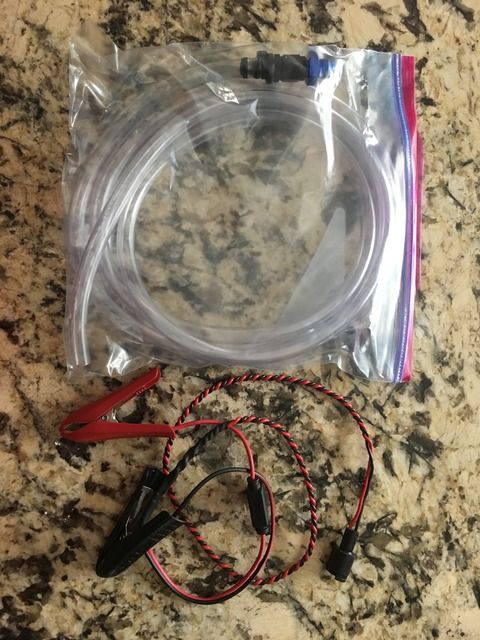The fuel cell in my 2010 SR3 started leaking. When I inspected the cell I was amazed to see how much it was deteriorating... when they say these cells are only certified for 5 years, they are not kidding. I am planning to replace the cell with a 76L metal tank because it does not expire. Has anyone done this swap? Any advice?
thanks,
Charley





 Reply With Quote
Reply With Quote







